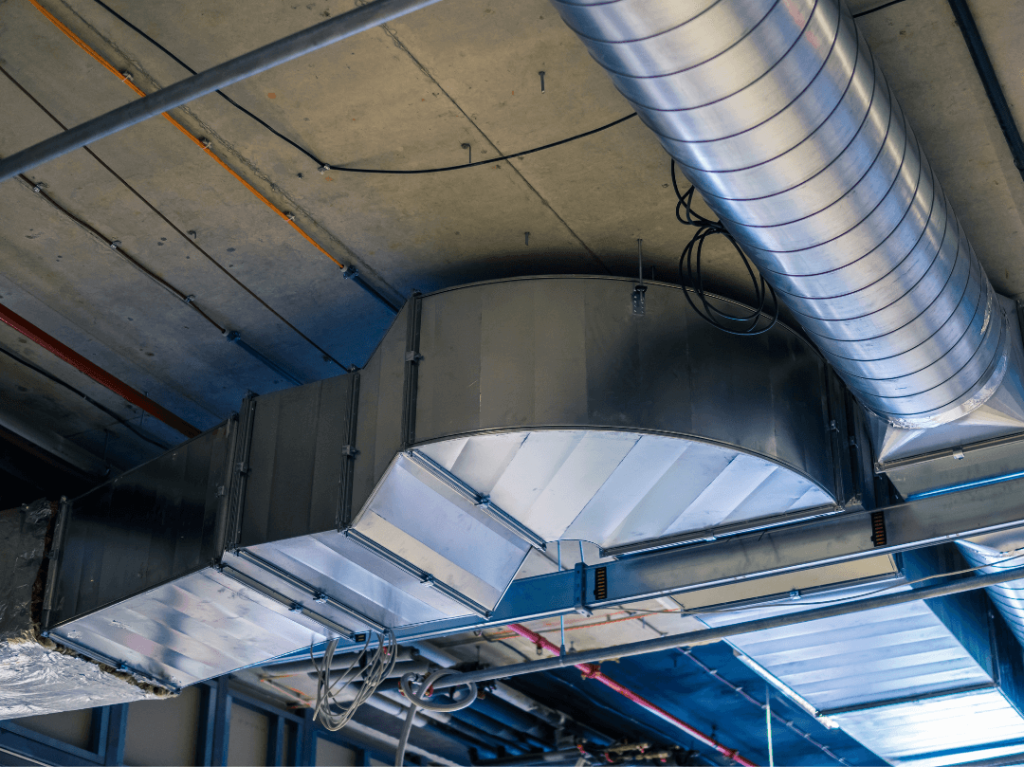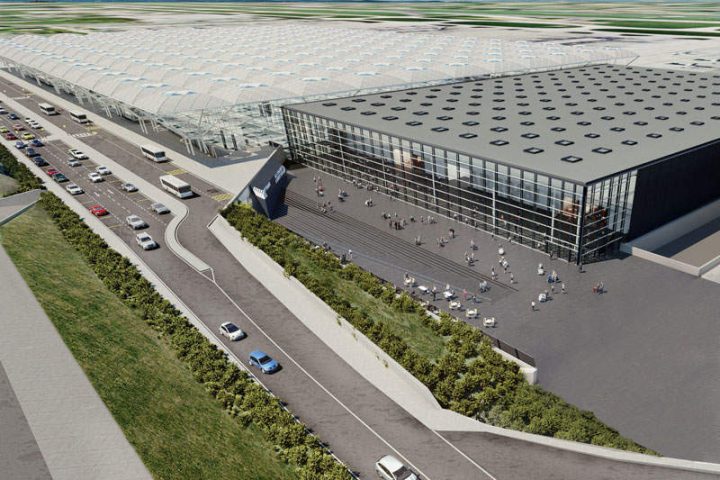Air pollution is one of the UK’s most pressing environmental issues, with significant implications for public health and the environment as major studies find that World Health Organisation recommendations for safe levels may not be sufficient.
The good news is that recent advancements in technology are paving the way to create cleaner, healthier urban environments. Below, we’ll explore some of the fronts in the battle against air pollution.
Hyperlocal air-quality monitoring
Gone are the days of relying solely on a handful of air-quality monitoring stations scattered across a city; our ability to track pollution is coming on in leaps and bounds.
Traditional monitoring methods rely on large, stationary equipment that, while accurate, is limited in coverage. In contrast, hyperlocal monitoring uses small, low-cost sensors that can be deployed across urban areas to provide detailed, real-time data. These sensors offer the flexibility to be placed in various locations, including schools, parks and residential areas, providing a granular view of air quality at a neighbourhood level. This approach not only enhances the precision of pollution data but also helps identify specific pollution sources and hotspots, enabling more targeted interventions.
AI-powered prediction
Artificial intelligence and machine learning are revolutionising how we predict and manage air pollution. AI algorithms can analyse vast amounts of data from various sources, including weather patterns, traffic data and historical pollution levels, to forecast air quality. These predictions allow authorities to take proactive measures to mitigate pollution spikes. For example, AI is being trialled in the UK to help optimise traffic flows to reduce congestion and emissions or predict the best times for outdoor activities to minimise exposure to harmful pollutants.
The rise of clean technologies

Clean technologies are critical in reducing the sources of air pollution. Innovations in this area include electric vehicles (EVs), renewable energy sources and advanced filtration systems. The UK has seen a significant increase in the adoption of EVs, supported by government incentives and improvements in charging infrastructure. Additionally, advancements in renewable energy technologies are reducing reliance on fossil fuels, thereby cutting down emissions. These technologies not only help create effective air pollution solutions but also contribute to achieving broader environmental goals as the fight to prevent climate catastrophe continues.
The power of transparency
Transparency in air-quality data is crucial for public awareness and engagement. Making such data accessible to the public empowers communities to take action and demand cleaner air. Various platforms and mobile apps now provide real-time air quality information, helping individuals make informed decisions about their daily activities. Moreover, transparency in data supports accountability, as it allows citizens to monitor the effectiveness of policies and interventions aimed at improving air quality. This increased visibility encourages governments and industries to prioritise and invest in cleaner practices and technologies.




